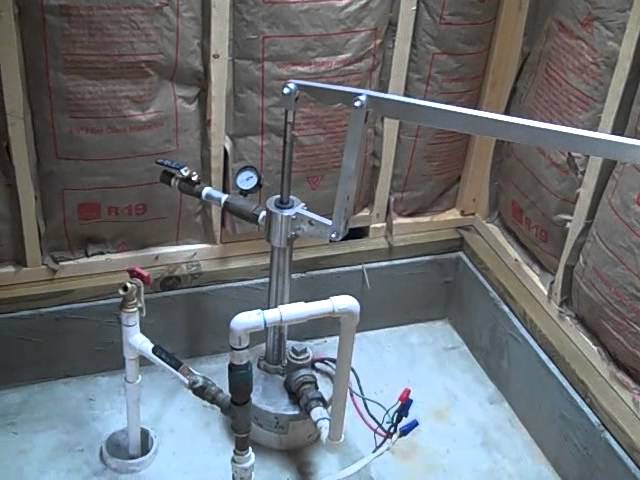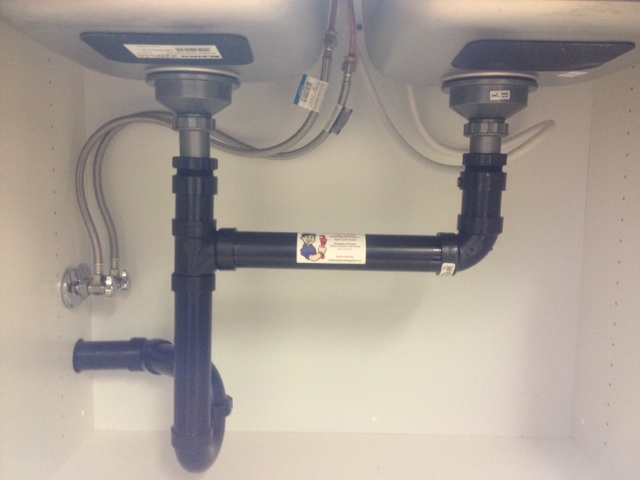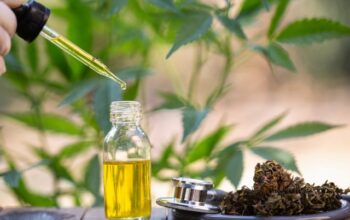Plumbing plays a vital role in our homes, providing us with essential services like clean water and proper sewage disposal. However, like any other system in your home, plumbing can present safety hazards if not properly maintained and managed. In this blog post, we’ll explore common plumbing hazards, how to detect them, and crucial preventive measures to keep you and your family safe.
Common Plumbing Hazards
- Water Leaks and Dampness:
- Detection: Look for water stains on walls, ceilings, or floors, as well as damp or musty odors.
- Prevention: Regularly inspect pipes, faucets, and fixtures for leaks, and address them promptly. Maintain proper ventilation to prevent excess humidity.
- Gas Leaks:
- Detection: A distinct rotten egg odor is often the first sign of a gas leak. You may also notice hissing sounds near gas lines.
- Prevention: Schedule annual gas line inspections by a licensed professional. Install gas detectors for added safety.
- Backflow:
- Detection: Sudden changes in water quality, such as odd tastes or colors, can indicate backflow issues.
- Prevention: Install backflow prevention devices and have them tested regularly to ensure they are functioning correctly.
- Sewer Gas Exposure:
- Detection: Sewer gas has a foul odor, often compared to rotten eggs.
- Prevention: Maintain proper ventilation in plumbing systems, and install sewer gas traps to prevent gas from entering your living spaces.
- Hot Water Burns:
- Detection: Scalding hot water from taps can cause burns.
- Prevention: Set your water heater’s thermostat to a safe temperature (usually around 120°F or 49°C) and consider installing anti-scald devices on faucets and showerheads.
- Toxic Materials in Pipes:
- Detection: Homes with older plumbing may have lead or galvanized steel pipes, which can leach harmful substances into the water.
- Prevention: Consider repiping with safer materials like copper or PEX, and use water filters certified to remove contaminants.

How to Detect Plumbing Hazards
Regular inspections and awareness are key to detecting plumbing hazards early. Here’s how to do it:
- Visual Inspections: Routinely check your plumbing fixtures, pipes, and appliances for signs of leaks, corrosion, or damage. Look for damp spots, rust, or mineral buildup.
- Listen for Unusual Sounds: Be attentive to unusual sounds like dripping, gurgling, or hissing, as they may indicate leaks or pressure issues.
- Use Your Senses: Pay attention to your senses. Strange odors, discoloration, or odd tastes in your water can be signs of plumbing issues.
- Monitor Water Pressure: Abnormally high or low water pressure can indicate problems within your plumbing system. Keep an eye on fluctuations.
- Check for Water Meter Movement: Even when no water is being used, if your water meter continues to move, it suggests a hidden leak.
- Use Technology: Consider installing water leak detection devices and gas detectors for added peace of mind. These devices can alert you to issues even when you’re not actively looking for them.
Preventive Measures for Plumbing Safety
Preventing plumbing hazards is often more manageable than dealing with the consequences. Here are some essential preventive measures:
- Regular Maintenance: Schedule annual plumbing inspections by the best plumbing service. They can identify potential issues before they become hazards.
- Insulate Pipes: In colder climates, insulate exposed pipes to prevent freezing and bursting in winter.
- Proper Disposal: Dispose of household items like fats, oils, and grease in the trash rather than down the drain, as they can clog pipes.
- Use Drain Screens: Install drain screens in sinks and showers to catch debris and prevent clogs.
- Avoid DIY Fixes: While some minor plumbing issues can be DIY projects, it’s essential to know your limits. Attempting complex repairs without the necessary expertise can lead to hazards.
- Educate Your Family: Teach your family members about plumbing safety, including how to shut off the water and gas in case of emergencies.
- Install Carbon Monoxide Detectors: If you have gas appliances, install carbon monoxide detectors near bedrooms and sleeping areas.
- Regularly Test Smoke Alarms: Smoke alarms are essential for fire safety, which is closely related to plumbing. Test them monthly and change batteries as needed.
- Know Your Emergency Numbers: Keep the contact information for your local utility companies and emergency plumbers readily accessible.
- Invest in High-Quality Fixtures: Choose plumbing fixtures and appliances that are built for durability and safety. Look for certifications from trusted organizations.
- Teach Basic Plumbing Skills: Teach your family members how to shut off the water supply in your home, which can be invaluable in emergencies.
- Plan for Emergencies: Develop a family emergency plan that includes what to do in case of plumbing hazards, such as gas leaks or major water leaks.
By being proactive and vigilant about plumbing safety, you can reduce the risk of hazards and ensure a safe and comfortable living environment. Regular maintenance, awareness of potential dangers, and preventive measures are your best allies in keeping your plumbing system and your family safe. If you ever suspect a plumbing hazard or encounter an emergency, don’t hesitate to contact a professional plumber or the relevant authorities for assistance.




